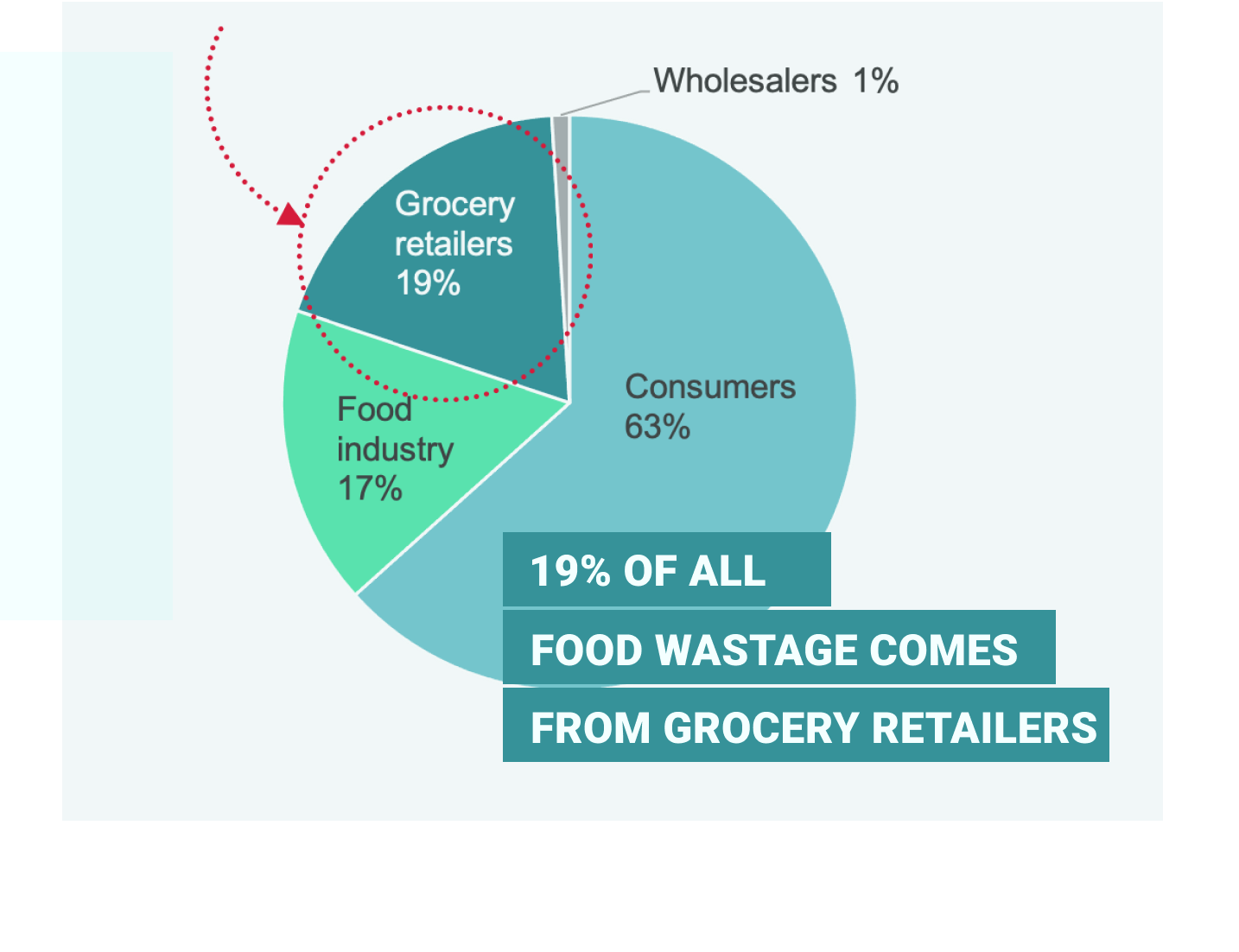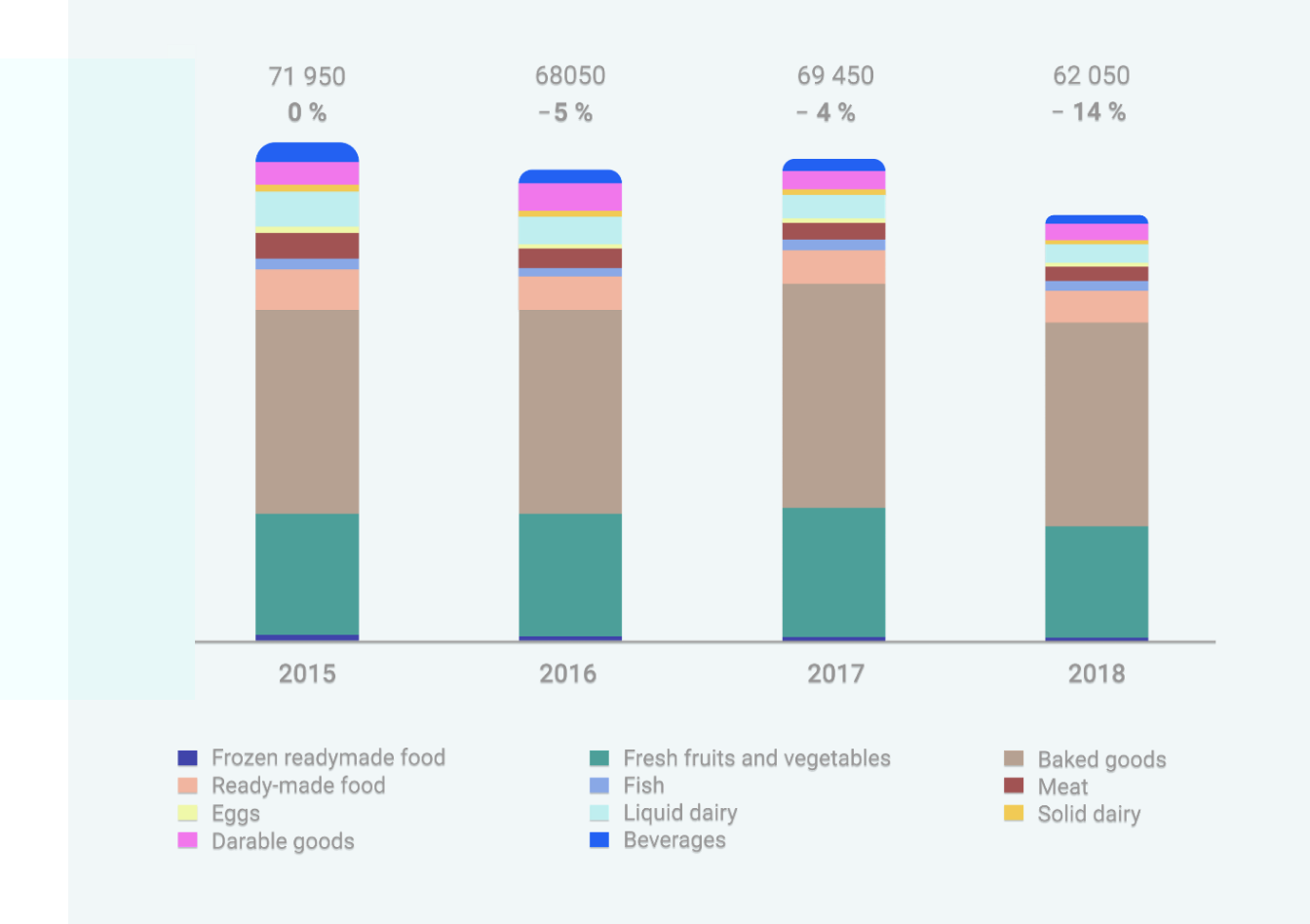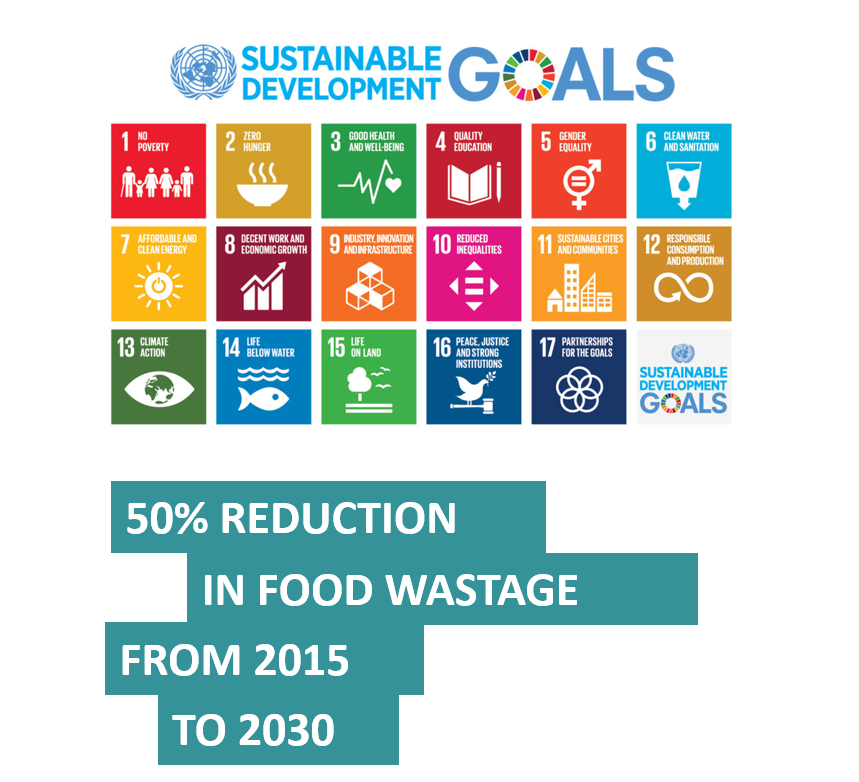Save 5000 bread yearly for just one store!
In the retail world, it’s a common scenario for a grocery store to waste between 50 to 60 loaves of bread daily. However, when a store manages to cut down this wastage by just 15 loaves a day, the impact is substantial—amounting to a saving of over 5,000 loaves annually. This not only represents a significant reduction in CO2 emissions but also leads to considerable cost savings.
At Link Retail, we’ve successfully reduced bread wastage in grocery stores by 30% to 50%. Our approach utilizes digital ordering systems and real-time production estimates to ensure the precise number of bread loaves needed in-store at any given time. Moreover, the impact of our solutions is amplified when stores and their employees adopt new daily routines that prioritize waste reduction. This holistic approach demonstrates our commitment to sustainability and efficiency in the retail sector.






